The Big Switch
Table of Contents
This is a talk I gave at the Geek Night in Oxford. Slides of the talk.
Changes of computing model are rare in our industry. #
In the roughly 50 years our industry has been in existence, we have had only 3 computing models, and we’re just at the start of the 3rd. A change of computing model is a big thing.
The first model of computing was Centralised : Mainframe & Supercomputer - Big glass walled rooms, very expensive, very reliable, with everything centrally managed.
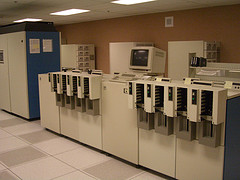
The second model of computing was client/server : The 1980’s saw the emergence of personal computers and unix workstations. This model was built on the idea of relatively low cost, simple systems with typically one server dedicated to a single application. This flexibility and low cost along with the GUI on the client PC saw a huge growth in new applications.
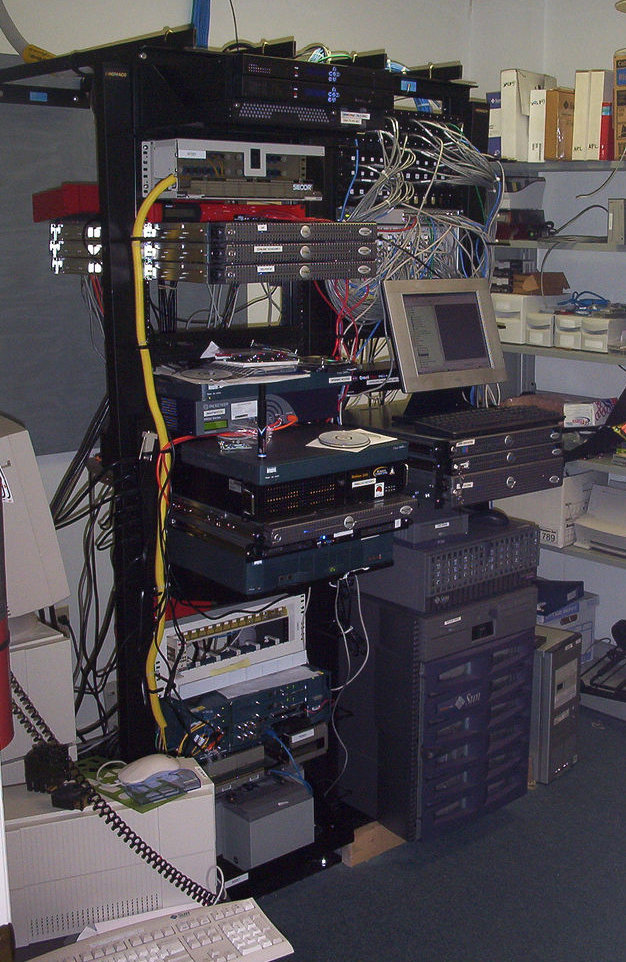
The mid 1990’s saw the development of web applications, the start of the Internet Model. The number of users able to access these systems massively increased and the servers needed to be more scalable, reliable and have better management capabilities. Suddenly running a web app required the discipline of the old mainframe world. This would lead to the emergence of a cloud computing marketplace.

This has many parallels to the use of electricity back in the 1900’s. #
I recommend reading ‘The Big Switch’ by Nicolas Carr. Nicholas describes in great detail how before 1900 every manufacture was in 2 businesses. The product they were producing & energy production. Initially energy production was mechanical then electricity took over as a far more controllable source of energy. Electric energy had the unique property that it could be transmitted very efficiently, allowing the source of energy production to be distant from it’s use. It also meant that production of electricity could be centralised.

Initially companies could not imagine outsourcing the generating of electricity to another company. Factory owners knew that a glitch in the power supply would bring their production to a halt. At the turn of the century virtually all electric was privately produced. Thomas Edison at General Electric was making huge profits supplying all of the hardware to set-up these private electric plants.

But two technologies where to change all of this, the steam turbine and alternating current.
These two technologies allowed for massive power stations and distribution over far greater distances. These immense stations would be able to supply the demands of even the largest companies, and at far lower costs than possible before. A positive feedback occurred. As more customers are served the efficiencies increase, reducing prices, attracting more customers. By 1920 70% of all US electricity production was by the utilities, at the start of the century it was virtually zero.

How does this relate to EC2 & App Engine? #
Using Amazon’s EC2 (Elastic Computer Cloud) your working with machine images (just a disk image and config files) that can be run on servers completely separate from Amazon.

This flexibility is where the generator from Aldi comes in. Standards in electricity means your electrical appliances can be plugged into the mains or you can pop to Aldi, buy a genny and plug your appliances into that. Or you can hire a genny from a hire company - whatever the appliance will work. Likewise using EC2 the option is always there to be able to run your service locally or at another hosting company with minimal effort to move the images around.
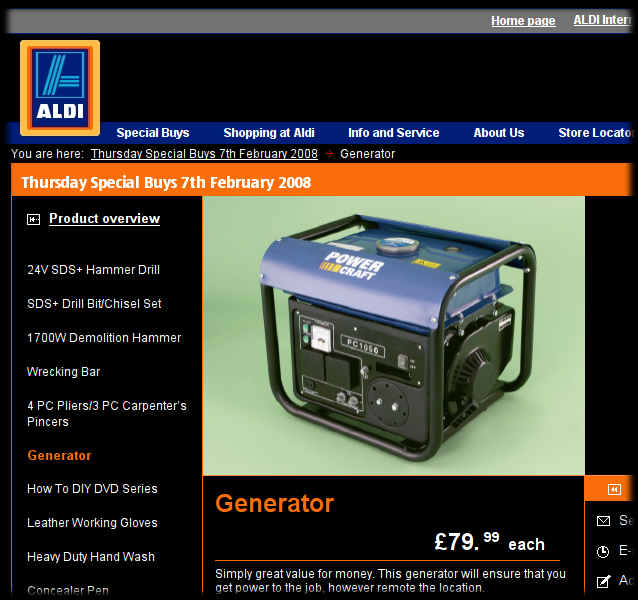
Compare that with Google App Engine. Being tied to the App Engine datastore, and other requirements on their Python and Java environments means you are developing your app to run entirely on their system. For deployment of a live application your only option is App Engine. If you’re developing a new product in your start-up would you feel comfortable betting your whole company on App Engine and the services it provides.

With EC2 your just renting a machine to run your image and you can do that via many routes.
You can see the effect of this today, with the number of commercial businesses using each system. Until there are other routes to hosting App Engine applications in a live environment I can not see App Engine exploding in business use.
What does it mean for your Start-up / Business? #
If you are not considering using a hosted service, a competitor will be and they will end up providing the service at lower cost or making more margin - all the while not having to deal with the digital ‘power supply’ that your company is. They will be able to react quicker as they are running one business while you are running two.
As were are at the start of a new model in computing there are going to be many options, some of which will be dead ends. For us today it means trying to keep your options open while taking advantage of this new model. You need to consider what your product is about. Which bits are unique, which bits are the energy production and which bits I can outsource to a utility company.
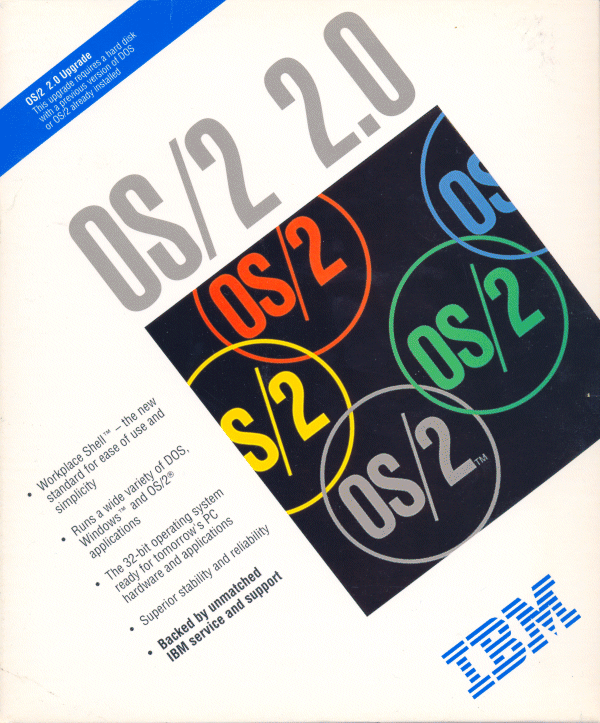
Virtually all power production went to utilities in just a 20 year period. In IT 20 years is nearly half the life of our industry, the transition to a cloud future is going to be rapid.
Eventually people began to trust power generation as the utilities proved themselves over time. Even the London Underground stopped generating their own electric, which then resulted in complete shut down of the Underground when there was a failure of the national grid to supply power.
But as this shows it gets to the point where the risk is so low we just live with it and the odd occasion when it does fail. As the alternative of generating it ourselves or having a backup is no longer economically viable.
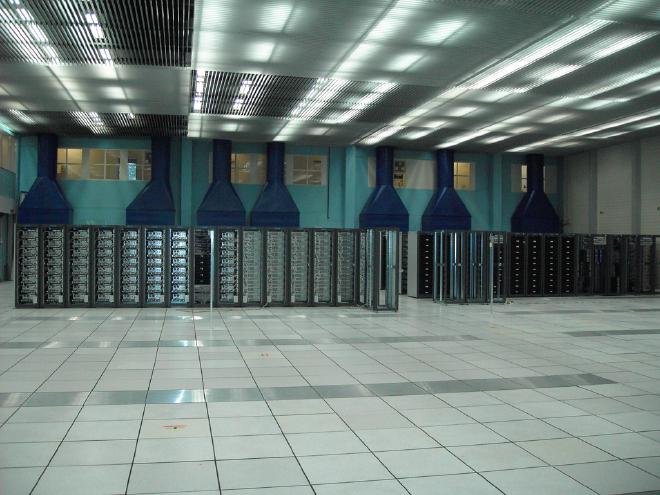
As Nicholas Carr puts it:
“In the end the savings offered by utilities become too compelling to resist, even for the largest enterprises. The grid wins.”

Change leads to opportunity. By making the right choices the rewards can be great, just watch out for those other choices!
References #
The Big Switch Our New Digital Destiny by Nicholas Carr ISBN 978-0-393-06228-1
Irving Wladawsky-Berger : The emergence of a new model of computing
Images Mainframe : http://www.flickr.com/photos/carrick
Client/Server Room : http://www.flickr.com/photos/sylvar
‘Cloud’ Server room : http://www.flickr.com/photos/torkildr
OS/2 Image : http://en.wikipedia.org/wiki/File:OS2_2.0_upgrade_box.png
Generator: http://www.flickr.com/photos/timdorr
FerryBridge power station : http://www.flickr.com/photos/37117644@N00
Large server room : http://www.flickr.com/photos/mrfaber
Electricity Pylons : http://www.flickr.com/photos/sunpig